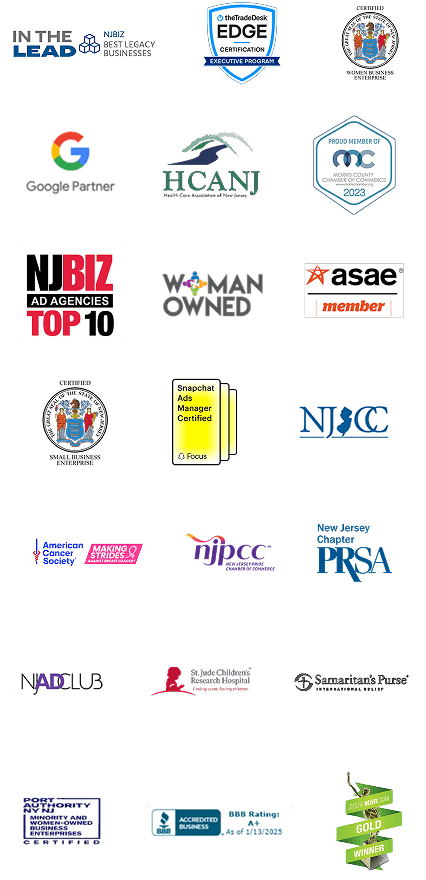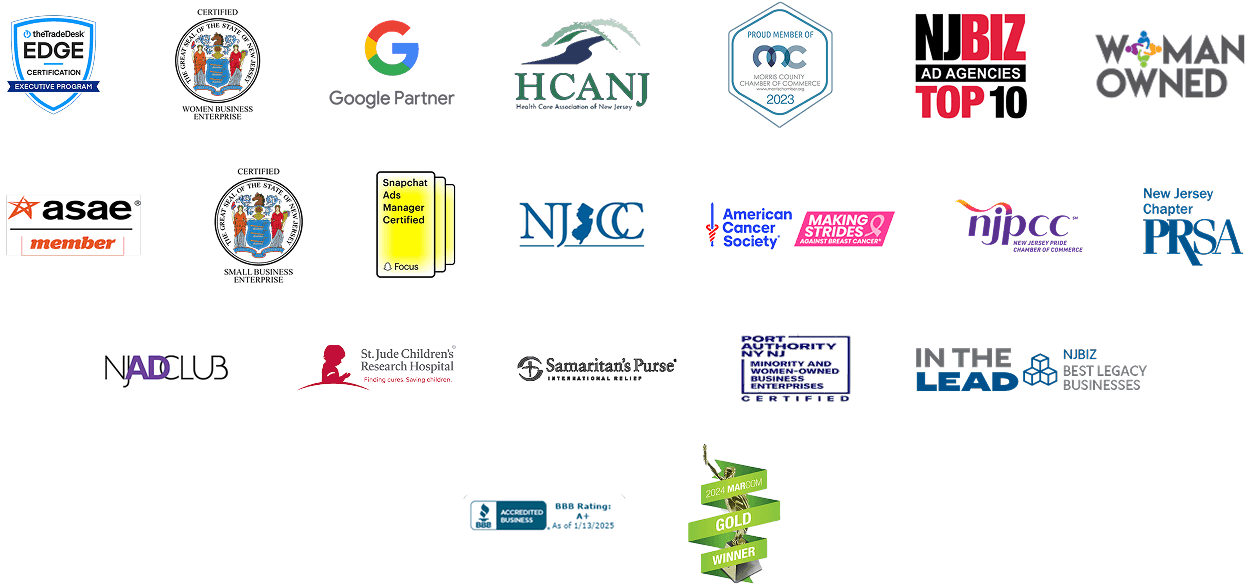How The Largest School Districts Are Attracting Talent

Teachers, administration, and faculty are the backbone of any school district. However according to the Center on Reinventing Public Education (CRPE), most of America’s biggest school districts are facing staffing shortages threatening their talent supply.



